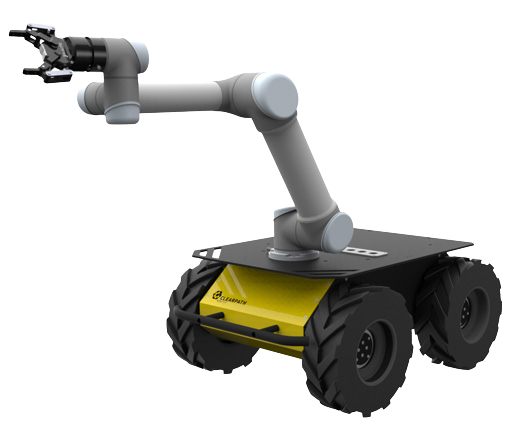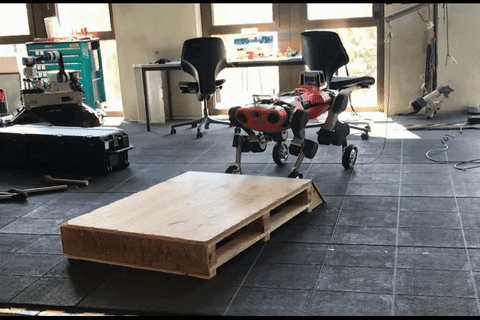Autonomous navigation
As
autonomous navigation technology improves, so does the potential for robots to take on more complex tasks and navigate more difficult environments. This has implications for everything from manufacturing to search and rescue.


One example is the PR2 robot, which was developed by Willow Garage. The PR2 is equipped with a number of sensors that allow it to navigate autonomously in a variety of environments.
The robot can map its surroundings and plan a path to its destination. It can also detect and avoid obstacles.
This type of robot can be used for a variety of tasks, such as search and rescue, reconnaissance, and environmental monitoring.
The potential for autonomous navigation and robotics is vast, and the technology is continuing to evolve at a rapid pace. As these technologies continue to develop, they will likely have a significant impact on a variety of industries
The evolution from Boston Dynamics:
Levels of autonomy
The levels of autonomy in an autonomous robot, also referred to as levels of navigation autonomy, represent the varying degrees of independence and decision-making capabilities that a robot possesses. These levels classify the extent to which a robot can operate and navigate without human intervention.
- Level 0: No Autonomy: At this level, the robot has no autonomous capabilities and relies entirely on human control for navigation and operation. It can only perform predefined tasks through direct commands from a human operator.
- Level 1: Teleoperation: In this level, the robot can be remotely controlled by a human operator. The operator provides real-time commands for navigation and operation, while the robot executes them. The robot lacks the ability to make decisions independently.
- Level 2: Assisted Autonomy: At this level, the robot is equipped with sensors and algorithms that enable it to perceive and interpret its environment to some extent. It can perform certain tasks autonomously but still requires human intervention for complex decision-making and handling exceptional situations.
- Level 3: Conditional Autonomy: In level 3, the robot can operate autonomously under certain predefined conditions and within specific environments. It can handle routine tasks and respond to normal situations without continuous human input. However, human intervention is still necessary for handling unexpected events or when the robot encounters scenarios it is not equipped to handle.
- Level 4: High Autonomy: Robots at level 4 possess a high degree of autonomy and can perform a wide range of tasks independently. They have advanced sensors, decision-making algorithms, and the ability to adapt to changing environments. While human oversight is still required, it is more focused on monitoring and supervising rather than direct control.
- Level 5: Full Autonomy: Level 5 represents the highest level of autonomy, where a robot can operate entirely independently without human intervention. These robots are capable of handling complex tasks, navigating diverse environments, and making decisions in real-time based on their understanding of the surroundings. They can handle unforeseen circumstances and adapt their behaviour accordingly.
In conclusion, guided navigation is a game-changer in the field of robotics, and BranchRobotics is at the forefront of harnessing its power. Through this blog post, we have explored the transformative impact of guided navigation on the efficiency, safety, and adaptability of robotic systems. BranchRobotics' commitment to innovation and technological excellence ensures that they will continue to pioneer advancements in guided navigation, empowering businesses to navigate the future with confidence.